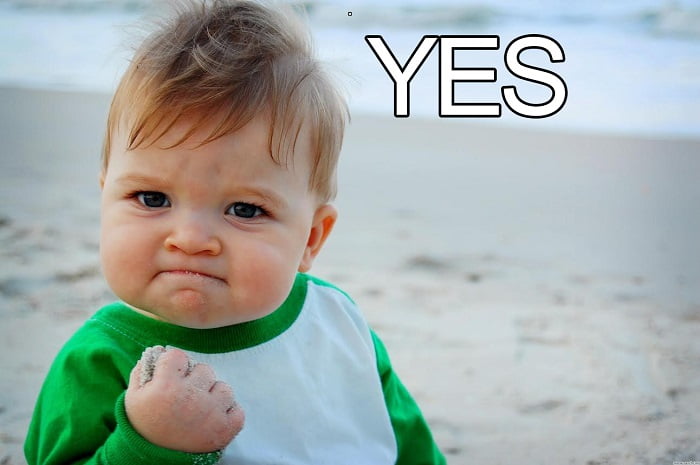Like Memes

In the vast landscape of internet culture, few phenomena have left as indelible a mark as memes. These humorous, often absurd images or videos have become an integral part of our digital language, transcending borders and languages to unite people in laughter. From the early days of simple cat pictures with captions to the sophisticated, layered memes of today, let’s embark on a journey through the evolution of memes.
The Dawn of Memes:
Memes, in their simplest form, emerged in the early 2000s with the advent of internet forums. Back then, “image macros” featuring Impact font captions became the standard, giving rise to classics like “I Can Has Cheezburger?” featuring pictures of cute cats in hilarious scenarios. These early memes were the pioneers, setting the stage for the vibrant meme culture that would follow.
Rise of Virality:
As social media platforms gained popularity, memes began to spread like wildfire. Platforms like Facebook, Twitter, and later Instagram, provided fertile ground for the rapid dissemination of these bite-sized pieces of humor. Memes became the perfect vehicle for expressing shared experiences and emotions, creating a sense of community among internet users.
Dank Memes and Subcultures:
As meme culture matured, so did the content. The term “dank memes” emerged to describe memes that were particularly absurd, surreal, or edgy. Online subcultures started forming around specific meme formats, from the surreal humor of “deep fried” memes to the niche appeal of various fandoms. Memes became a way for subcultures to express their identity and humor in a unique, shared language.
Meme Formats and Templates:
The internet’s ability to remix and reinterpret content gave birth to meme templates. From the “Distracted Boyfriend” to the “Mocking SpongeBob,” these templates became the building blocks for countless variations and parodies. Memes, in this sense, became a form of participatory culture, with users actively engaging in the creation and evolution of these templates.
Memes as Social Commentary:
Beyond humor, memes began to serve as a powerful tool for social commentary. Memes became a way for people to express their opinions on political events, social issues, and everyday struggles. The “This is Fine” meme, featuring a dog surrounded by flames, became an iconic representation of the internet’s response to chaos, serving as a poignant commentary on the state of the world.
Memes Go Mainstream:
The line between internet culture and mainstream media blurred as memes seeped into everyday life. Memes started appearing in advertising, politics, and even academia. The internet’s inside jokes became global phenomena, with corporations and politicians trying to harness the power of memes to connect with younger audiences.
Conclusion:
From humble beginnings on internet forums to influencing global conversations, memes have evolved into a cultural force to be reckoned with. They’ve become a language of their own, shaping how we express humor, share experiences, and engage with the world around us. As we continue into the future, one thing is certain: memes will keep evolving, adapting, and bringing joy to the ever-expanding digital landscape. So, keep scrolling, keep laughing, and embrace the memes that make our online world a little bit brighter.






